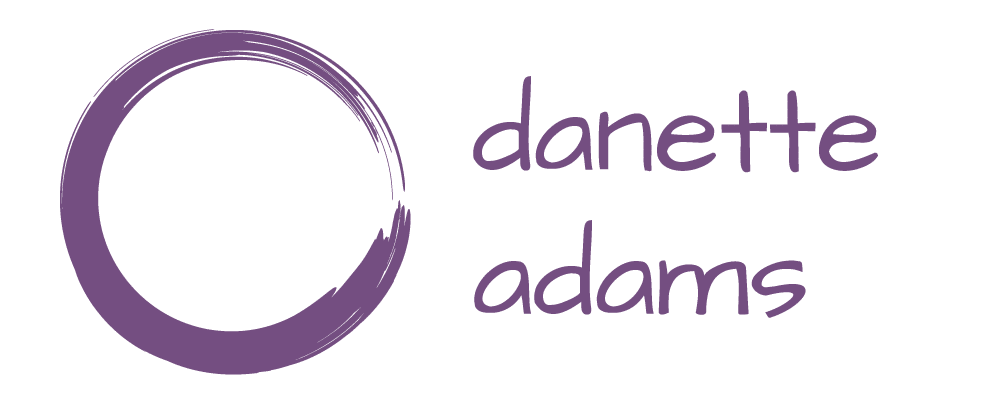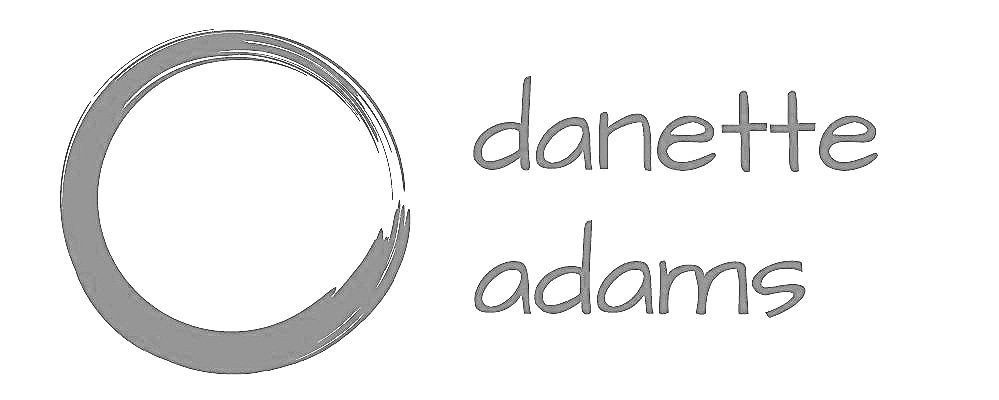when i grow up
When I was in Grade 1 or 2, our teacher had us lie down on paper that came in large rolls and take turns tracing each other. Once we had cut out along the penciled lines tracing of ourselves, we were asked to clothe it and colour it based on what we wanted to be when we grew up. The cut-out version of my 7 or 8 year-old self was crayoned to look like a nurse with a white uniform and yellow hair. At that point in my life, my career path was most likely chosen based on the kind tenderness shown to me by a nurse during a brief hospital stay as a young child.
Little did I realize that the career I had chosen would mean that I had to demonstrate increasing proficiency in math, science and would to have be open to dealing with the icky bodily fluids of others. Hmmm. Clearly, I had not thought this through and have since found out that dealing with the emotions of others is far less messy. As I climbed the grade ladder, I entertained a long list of passing career options and eventually crossed them off one-by-one because they just ‘weren’t me’. Yet I still craved to have an “I am” phrase with an occupational title following it. How neat and clean it would be to say “I am a nurse” and it would negate the need for qualifiers and explanations.
Now that I teach Careers Studies to Grade 10 students, I am having to inform my young charges that the world of work is changing and that the odds of them having an “I am” moment with a clear-cut title is being ever-reduced by the evolution of the work landscape.
Futurists predict that my students may:
- have 10 and most likely many more than 10 careers changes in their life time
- contract out their services instead of working for a single employer or several consecutive employers
- work collaboratively and creatively in teams for short-term contract work (think of the numerous teams that formed for the 3 years of filming the Lord of the Rings movies)
- let go of the ‘education first, work second’ model and will re-invent themselves continually with a life of on-going learning through formal and informal education
- instead of having the “I am a (fill-in-the-blank)’ label, may have a long list of ‘I am’s such as ‘I am…”:
parent
volunteer
coach
blogger
lover
contract employee
entrepreneur
life-long learner
community builder
storyteller
traveller
weekend gardener
So how do we guide these students and help prepare them for a world where information-overload is fast and furious, distractions from paying close attention are overwhelming and their options are seemingly unlimited even in the face of their own challenges and setbacks?
To thrive in the shifting sands of building their life’s work sand castle, students absolutely need to fearlessly cultivate these three areas.
Self-awareness
The life-long learning required needs to involve some significant self-reflection on individual style of learning, patterns built on underlying belief systems and clarity about regular ruts, obstacles and places of getting stuck. Temperament, relational style, communication patterns, interests and even likes and dislikes need to be frequently noticed and noted. In an HBO series called “Brotherhood” two brothers, a politician and a gangster, demonstrate their multi-faceted personalities that extend far beyond their mere labels that is quite fascinating. At one point, a rival tells the politician brother that he is “one part charmer, four parts thug” and, to his credit, he is already fully aware of it. Self-knowledge is key to getting where you want to go even if you don’t know where that is. It’s necessary to see beyond only the bright and shiny side for authentic self-awareness.
Flexibility
In the long list of skills that can be honed and improved (Employability, Emotional Intelligence, Self-Regulation and Leadership), flexibility is represented across the board. Once self-awareness becomes a practice then flexibility is the lubricant that greases the wheel of thriving in a changing world. Like a willow tree’s branches that sway in even the strongest of winds but never break, flexibility allows for every situation to be one of learning and growth. The only constant in life is change so flexibility is key to a world of fluid ‘I am’s’.
Creativity
Since we cannot clearly predict what the world of work will look like in the next decade, the students of today can be instrumental in creating it. But that means embracing diversity, change and the unique role each person plays in the design of the future through the full expression of their life’s work. Economist Allan Freeman say “We need cities and towns that nurture a creative population: diverse, culturally active, a harbor for caring and mutually respectful communities in all quarters. We must invest in place. But without people, place is just an empty space. We need new ideas to invest in them.” That vision takes a open mind that continues to learn, is aware and flexible enough to cultivate creativity.
I don’t ask my students to trace themselves on paper or tell me what they want to be when they grow up. But I do ask them to delve into the areas of self-awareness, flexibility and creativity. Then, with this skill set, they can look into their own personal Viewmaster to see the options untold that are waiting to be discovered.


